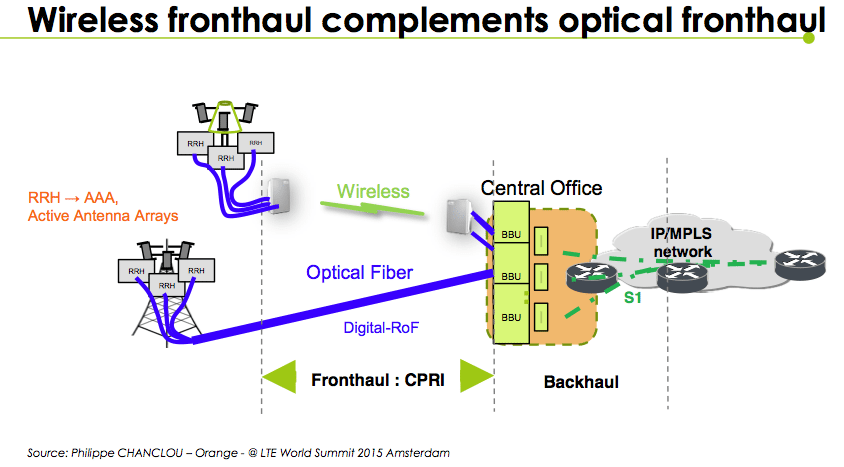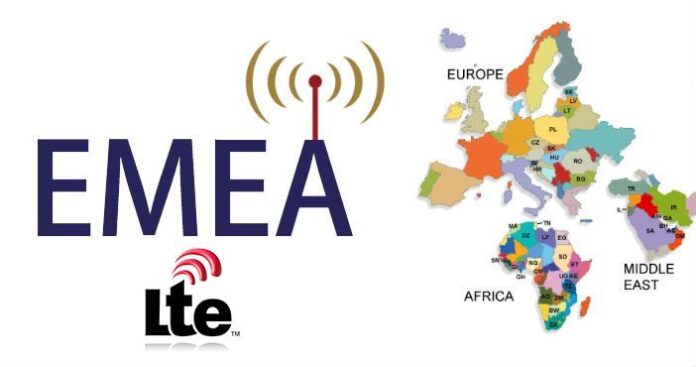As LTE World Summit comes to a close this week, this is the last go round for this event and location. Next year it’s moving to London and shifting the focus to be primarily 5G. Goodbye LTE World Summit and hello 5G World. I have to say there was a great deal of discussion on this topic around the show. Although the location change didn’t seem to be an issue with attendees, the focus change stirred a lot of discussion. Are we really ready for an event that ‘leads’ with 5G? The jury seems to be out on this one.
Some of the interesting trends – VoLTE, Fronthaul, monetization of services, innovation driving toward 5G. Some of the same old – same old – analytics, LTE evolution – 4G, 4.5 G, 4.7 G. And one simply – I just don’t get it. Spoke with one company about its iSDN product. Yes, iSDN; but note the small ‘i’. This acronym stands for intelligent software defined network. But to me it stands for a confusing marketing message.
As usual, for these round up stories, there’s too much to go into great detail for each discussion, but some of the highlights are worth mentioning. There were really no earth shattering findings, but more of a validation that we’re all still heading in the same direction.
Anite shared with me their topics related to LTE-A feature verification and carrier aggregation testing; along with indoor services testing. The most interesting topic here was a smartphone app that allowed for easy spot testing without the requirement for a handheld unit. For example, a technician could move around an area and note where they are through the app and determine if the signal is as it should be before moving to the next cell site. This is quite powerful for arenas or indoor installations. The Nemo Handy was pretty cool.
Teleena announced a partnership with KLM for an iPad4Crew support. Teleena is providing the SIM, security, OTA updates, logistics and fulfillment to enable pilots and in the future cabin crew to utilize iPads for their onboard functions. The solution is MNO agnostic as Teleena ensures a single point of contact for KLM for these functions.
Wireless backhaul is a well-known industry topic, but what about wireless fronthaul? EBlink had its fronthaul solution on display offering solutions where fiber is a problem. Not only could this be a cost effective solution in developed markets, its an interesting alternative for developing markets where there simply isn’t and won’t be fiber in place. 
Vasona Networks announced the addition of mobile packet assurance to its existing SmartAIR. In short, this function ensures that only the packets that need to be resent during a packet loss situation are sent and there isn’t a duplication of sending the entire second-half of the transmission and ultimately resulting in further deterioration of the performance.
Not to overlook the Connected Car 2015 event that was co-located, I’ll touch upon this in the next piece.
Like what you read? Follow me on twitter!

